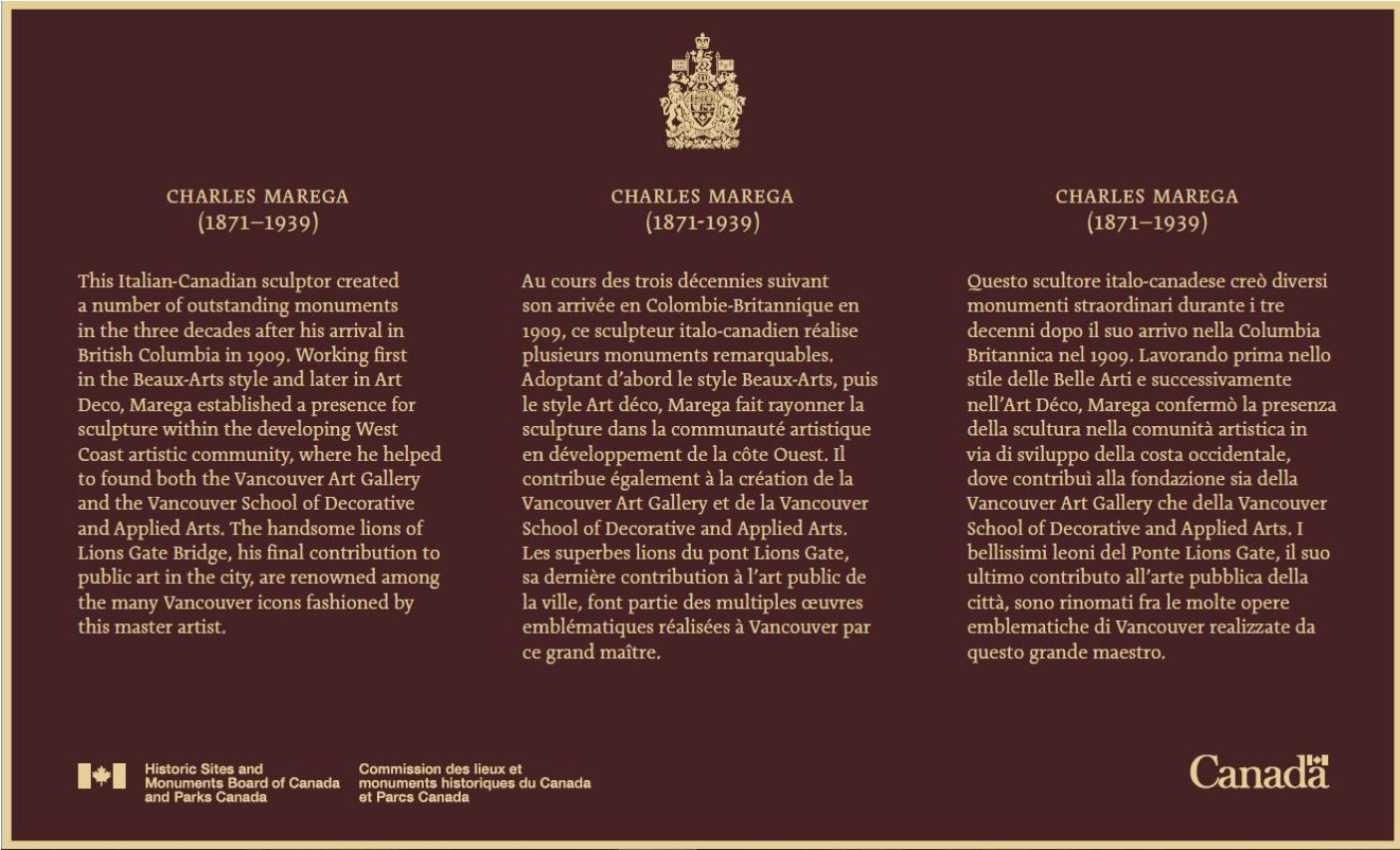Charles Marega National Historic Person (1871-1939)
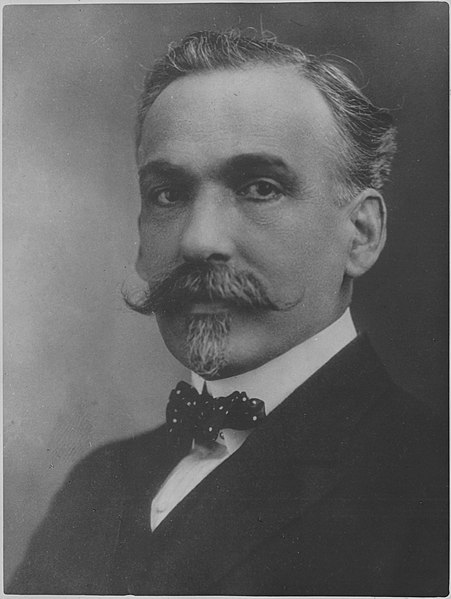
© Public domain / Archives of Ontario / I0007861
Charles Marega was designated a national historic person in 2009.
Historical importance: Highly skilled artist who produced a number of outstanding monuments in British Columbia and sculpture for some of the most significant works of architecture and engineering of the 1920's and 1930's
Commemorative plaque: Italian Cultural Centre, 3075 Slocan Street, East Vancouver, British ColumbiaFootnote 1
Charles Marega
This Italian-Canadian sculptor created a number of outstanding monuments in the three decades after his arrival in British Columbia in 1909. Working first in the Beaux-Arts style and later in Art Deco, Marega established a presence for sculpture within the developing West Coast artistic community, where he helped to found both the Vancouver Art Gallery and the Vancouver School of Decorative and Applied Arts. The handsome lions of Lions Gate Bridge, his final contribution to public art in the city, are renowned among the many Vancouver icons fashioned by this master artist.
Charles Marega
Questo scultore italo-canadese creò diversi monumenti straordinari durante i tre decenni dopo il suo arrivo nella Columbia Britannica nel 1909. Lavorando prima nello stile delle Belle Arti e successivamente nell’Art Déco, Marega confermò la presenza della scultura nella comunità artistica in via di sviluppo della costa occidentale, dove contribuì alla fondazione sia della Vancouver Art Gallery che della Vancouver School of Decorative and Applied Arts. I bellissimi leoni del Ponte Lions Gate, il suo ultimo contributo all’arte pubblica della città, sono rinomati fra le molte opere emblematiche di Vancouver realizzate da questo grande maestro.
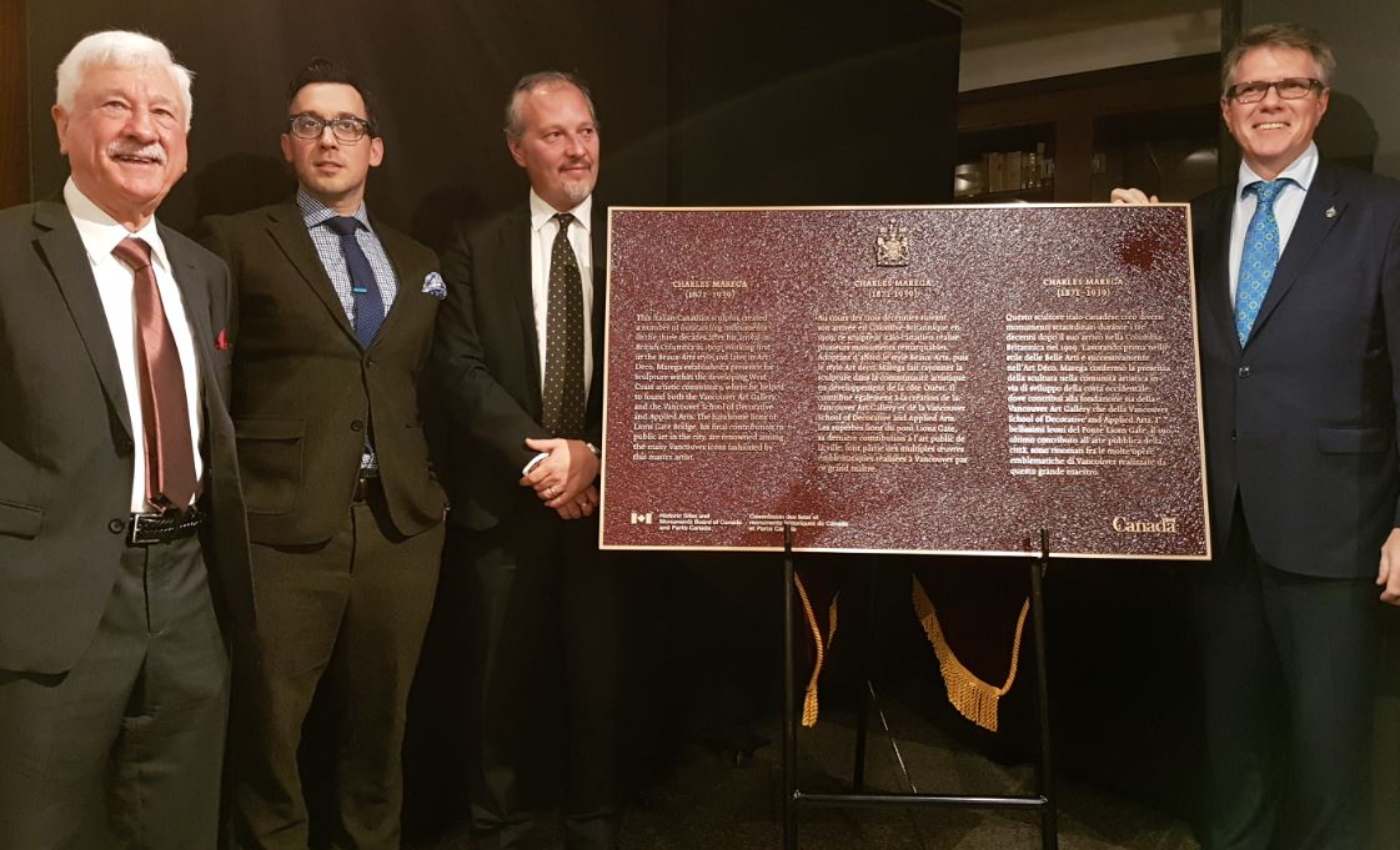
© Parks Canada
Charles Marega
Charles Marega was an Italian-Canadian sculptor who produced a number of outstanding monuments in the province of British Columbia. Some of the most significant works of architecture and engineering in the 1910s to 1930s in Canada feature his works of sculpture. He was a leader in the art scene on the West Coast, helping to establish the Vancouver School of Decorative and Applied Arts and the Vancouver Art Gallery. This master artist established a presence for the art of sculpture within the developing West Coast artistic community, helping to place Vancouver and British Columbia on a more equal footing to artistic centres in other provinces in Canada.
Born in 1871 into a middle-class Italian family in Gorizia, then within the Austro-Hungarian Empire, Carlo Marega studied the art of sculpture and the trade of artistic plaster design in Italy and Vienna. Later, he worked in Zurich then moved to South Africa in 1906, before settling in Vancouver in 1909. In 1926, Marega became a Canadian citizen and officially changed his first name from Carlo to Charles.
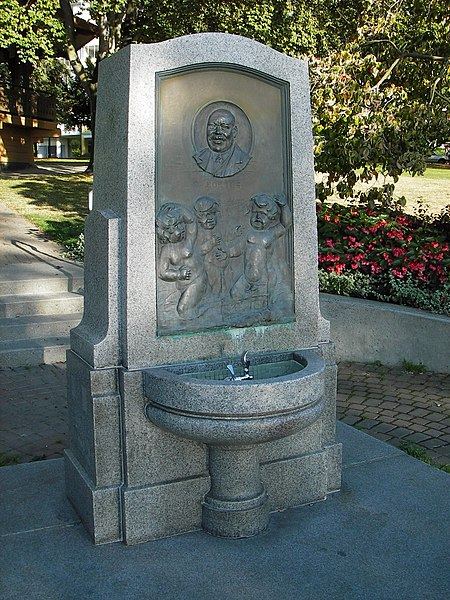
© Public domain / Creative Commons
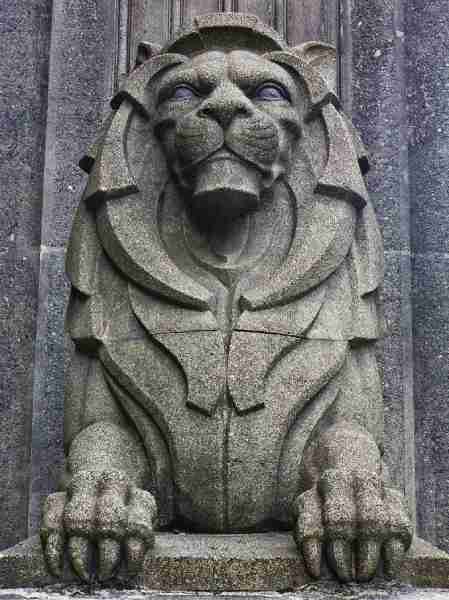
© Public domain / Creative Commons
As a highly successful exponent of the Beaux-Arts style and later the Art Deco, Marega first introduced and then made a significant contribution to the advancement of sculpture in the European tradition in British Columbia. His contributions to sculpture were diverse. During his career in Vancouver, Marega executed public monuments as well as architectural sculpture for major buildings and bridges that are recognized today as Canadian landmarks. These include the David Oppenheimer memorial (1910), a fountain to King Edward VII (1912), a memorial to American president Warren Harding (1926), a fountain to Vancouver personality Joe Fortes (1927), sculptures for the Burrard Bridge (1932), a statue of Captain George Vancouver at Vancouver City Hall (1936), and the lions for the Lions Gate Bridge (1939). He also executed decorative plasterwork for a number of theatres, fine residences and commercial buildings, as well as a number of small studio pieces.
Marega, along with other artists in the community, made important contributions towards the establishment of an art school and an art gallery, both of which continue to exist today as important institutions in Canada. In addition, he furthered the art of sculpture as a teacher by training students who later exhibited alongside him in the 1930s and became successful artists in their own right. Through his work, he successfully established and sustained the presence of sculpture in European styles in one of Canada’s major cities, a presence which had already existed for a considerable length of time in central and eastern Canada.
Backgrounder last update: 2017-11-16
The National Program of Historical Commemoration relies on the participation of Canadians in the identification of places, events and persons of national historic significance. Any member of the public can nominate a topic for consideration by the Historic Sites and Monuments Board of Canada.
- Date modified :
